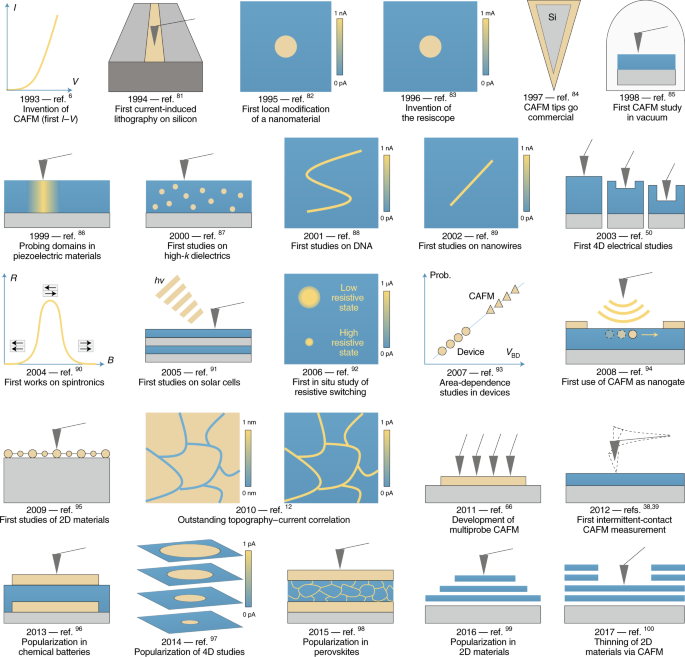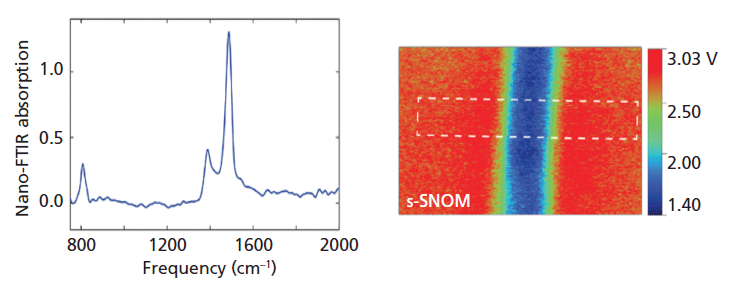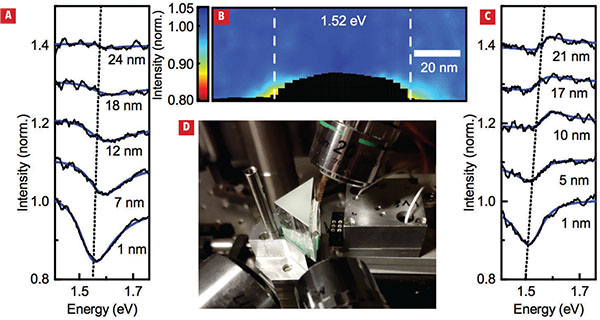Near field scanning optical microscopy nsom or scanning near field optical microscopy snom is a microscopy technique for nanostructure investigation that breaks the far field resolution limit by exploiting the properties of evanescent waves in snom the excitation laser light is focused through an aperture with a diameter smaller than the excitation wavelength resulting in an evanescent.
Near field optical microscopy and spectroscopy with pointed probes.
2006 05 05 00 00 00 in recent years developments in near ï eld techniques exploiting farï eld illumination of a pointed apertureless probe have demonstrated a newfound excitement.
Trautman thenear field optical interaction betweenasharpprobeandasampleof interest canbe exploitedtoimage spectroscopicallyprobe ormodifysurfacesataresolution downto 12 nm inaccessible by traditional far field techniques.
These mechanisms include raman and infrared absorption for chemical contrast as well as materials contrast based on dielectric dispersion.
Near field scanning optical microscopy nsom achieves an excellent product of the two factors.
Femtosecond pump probe near field optical microscopy review of scientific instruments 70 2758 1999.
Near field optical microscopy and spectroscopy with pointed probes near field optical microscopy and spectroscopy with pointed probes novotny lukas.
With the nanometer scale lateral resolution of near field scanning optical microscopes.
Ultrafast spectroscopy of semiconductors and semiconductor nanostructures springer berlin 1996.
In order to achieve an optical resolution greater than the diffraction limit the resolution limit of conventional optical microscopy the probe tip must be brought within this near field region.
In this review we briefly describe the evolution of the field from the classical aperture based approach toward the development of near field optical microscopy with pointed probes.
Aperture based near field optical microscopy as illustrated in figure 2 the spatial resolution x of standard optical.
Near field optical microscopy and spectroscopy with pointed probes article pdf available in annual review of physical chemistry 57 1 303 31 february 2006 with 112 reads how we measure reads.
These mechanisms include raman and infrared absorption for chemical contrast as well as materials contrast based on dielectric dispersion.
For nsom the separation distance between probe and specimen surface is typically on the order of a few nanometers.
Many of the attractive features of.
Spectroscopy with pointed probes 305 figure 1 chemical specificity versus spatial resolution for different microscopic techniques.






















